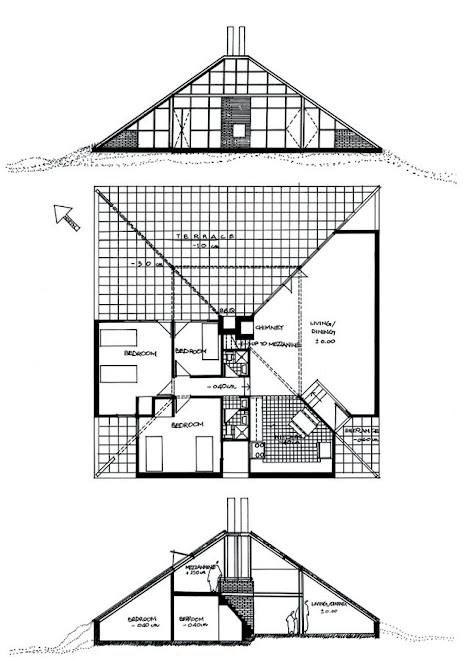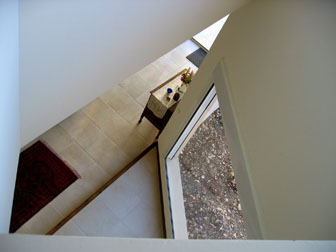BEYt Amir
Plan Bey
November 2017
Many old houses in Beirut are threatened by demolition. Oftentimes owners are financially incapable of restoring them, and developers are eager to clear them out to make room for money-generating, soulless buildings. However, even in their neglected state, the importance of these houses as testaments to Beirut’s urban history remains apparent.
In Ras-Beirut, old houses are mostly abandoned urban ruins. Some are scattered, dwarfed between new high-rise buildings; others still survive in clusters. Some are on main roads, others hidden at the heart of a street block. However, all are “invisible” to the passer-by, abandoned due to their derelict state. They seem to be “turned off”. In most cases nature has taken over with overgrown trees and uninvited spontaneous plants growing out of walls and balconies.
In mid-2016, I began making watercolor sketches of these abandoned houses. These sketches were done obsessively and daily and were shared on social media with three recurring, original hashtags: #beirutyellowhouses #beiruturbanruins and #saveitonpaper
The process is first the act of “seeing” these houses; discovering them among the surrounding high buildings that overshadow them. Second, singling out each house as a distinct entity by erasing its actual urban surrounding; stressing the spectral presence of those old buildings as remainder and reminder of the old urban fabric of Beirut. It is an attempt to imagine a city that no longer exists.
The objective is to raise awareness and "save” these houses on paper. It is to engrave their memory in my mind and in our collective memory. To enforce their presence and highlight their character.
Sketching these houses is a form of meditation where concentration is total and attention is directed fully towards one subject. This is a state where, for a fleeting moment, the subject and the sketcher are one.
آثار بيروت المدينية
"لتحفظ على الورق"
هناك عدد كبير من البيوت القديمة في بيروت مرشحة للزوال. في معظم الأوقات أصحاب تلك البيوت يعجزون عن الحفاظ عليها والتجار يتوقون إلى تنحية تلك المباني كي يقيموا العمارات التجارية الشاهقة. برغم ذلك، تبقى تلك المباني شاهدا على تاريخ المدينة المعماري.
معظم المباني القديمة في رأس بيروت هي آثار مهملة . بعضها موزع، متوار بين المباني الشاهقة، و بعضها الآخر لا يزال قائما في تجمعات. بعضها موزع على طرق عامة و سواه متوار داخل الأحياء. على كل، كل تلك البيوت متوارية عن أنظار العابرين، و مهملة لأنها لم تعدصالحة للسكن. كأنما قد هجرتها الحياة، فحلت مكانها الأشجار البرية.
في العام ٢٠١٦ بدأت أرسم تلك البيوت المهملة. العملية التي أقوم بها تبدأ بتحديد تلك البيوت من بين المباني الطاغية بحجمها. ثانيا أستفرد هذه البيوت عن سواها من المباني المحيطة بها. و هذه محاولة لتخيل مدينة زائلة.
أما الغاية فهي لفت الإنتباه إلى ما يحدث من تحولات و حفظ هذه البيوت على الورق، حفرها في ذاكرتي و الذاكرة الجماعية لتثبيت وجودها و الإضاءة على خصوصياتها.
إن رسم تلك البيوت هو نوع من التأمل و الإنتباه مركز على حالة واحدة. إنها حالة حيث، للحظات، تلتقي المادة بمن يقوم بتسجيلها












































